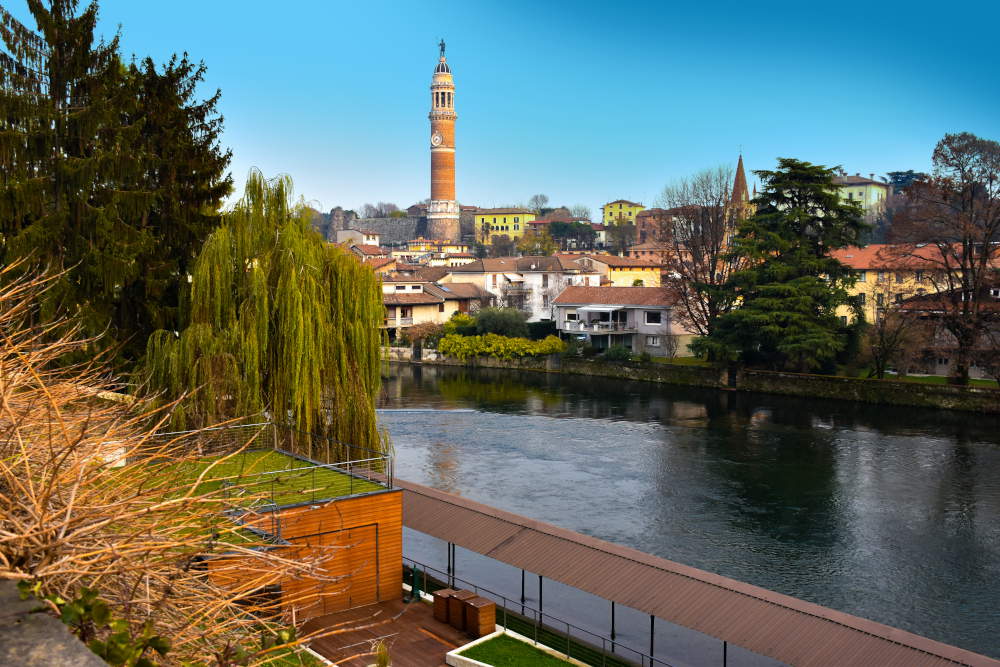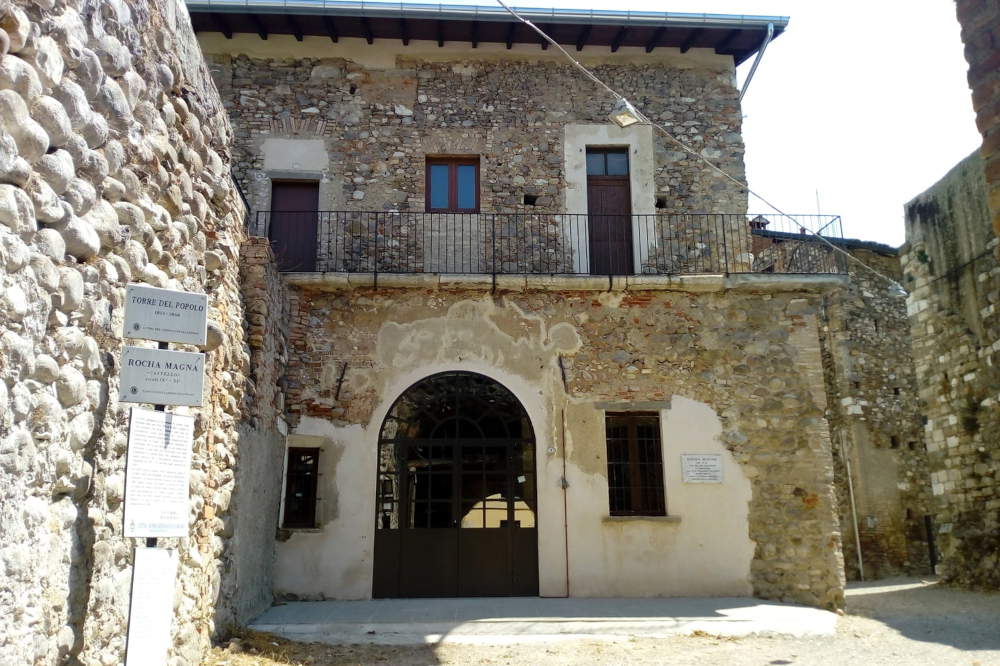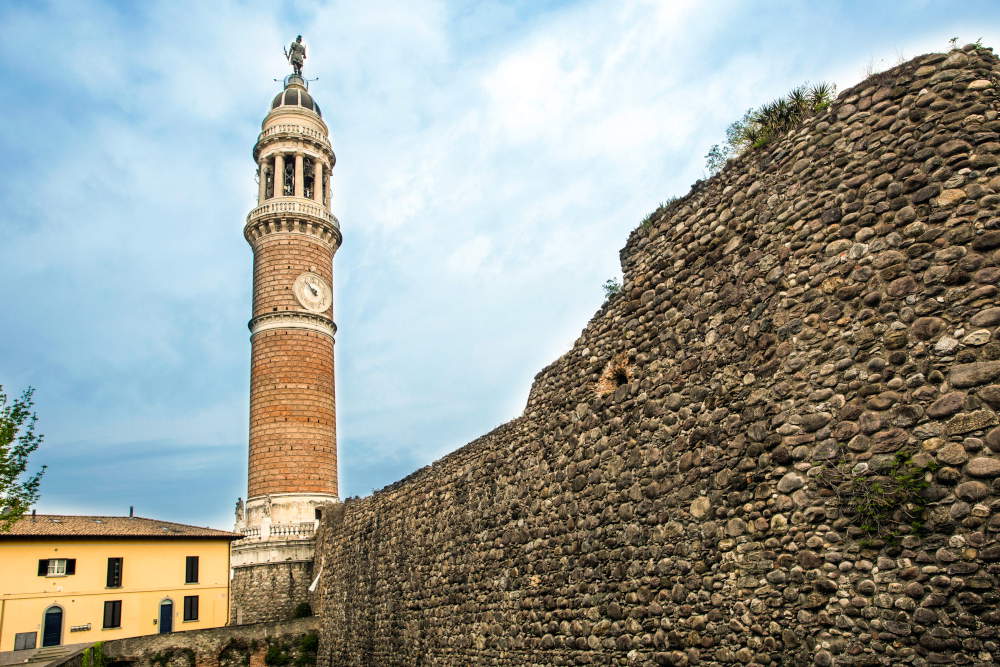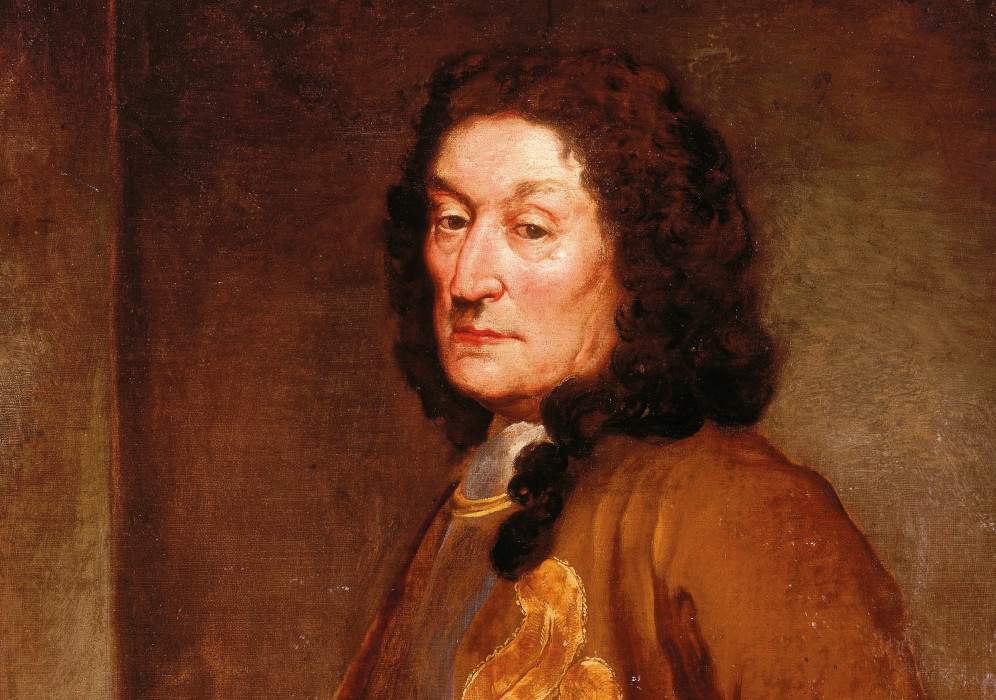The year of Bergamo Brescia Capital of Culture 2023 comes to a close in the Castle of Palazzolo sull’Oglio (Brescia) with an exhibition that compares two great painters who each represent the two protagonist cities of this year that is almost drawing to a close. Giacomo Antonio Melchiorre Ceruti, known as Pitocchetto, and Giuseppe Ghislandi, known as Fra Galgario, will in fact be at the center of the exhibition Ceruti and Ghislandi: portraits comparing Brescia and Bergamo open to the public from December 8 to January 7, 2024, promoted by the Municipal Administration and conceived thanks to the valuable collaboration with Banco BPM’s Artistic Heritage; the exhibition has also obtained the patronage of Bergamo Brescia Capital of Culture 2023.
On this occasion, two portraits made by Ceruti and Ghislandi will be compared for the first time. Of the former it will be possible to admire his Portrait of a Gentleman dating back to the first half of the 18th century. The painting is little known and little studied. It proposes a character of great realism and conscious of his aristocratic pose. Against a sober background, Ceruti presents the figure of the noble protagonist, very elegant and austere, defined by a warm and bright color scheme, in which the complexion of the face emerges lively and with great realistic impact. The painting can be compared with some other late portraits by Ceruti, related to the Milanese period (after 1757). We cannot know whether the noble personage in the work on display also came from Milanese aristocratic circles, although, as indicated by Mina Gregori, the similarities with works such as Portrait of a Gentleman of the Cicogna House or Portrait of a Young Gentleman, now in private collections, suggest that he belonged to this group.
By contrast, the latter’s Ritratto virile, painted between 1720 and 1740, will be exhibited. The painting is part of a rather recurring typology that proposes the half-length figure: a florid, plump man of the apparent age of about fifty, within an oval frame. Unique is the use of the illusionistic device of the hand reaching out beyond the opening and resting on the windowsill in the foreground, so as to disguise the depth of the composition. Quick brushstrokes define the brownish background against which the figure is outlined, surrounded by a penumbra that fades to highlight the confident, concentrated expression of the gaze and the anatomical extremities shaped by a full, bright light. The rosy complexion, along with the whitish touches of the handkerchief around the neck and the wide cuff, dilute the chromatic rigor of the dress. The style of dress and the not-too-bulging wig lead one to place the painting in the late phase of Ghislandi’s activity, when it tends toward greater naturalism.
The comparison between these two works is intended to immerse the public in the full scope of the artistic culture of the 18th century between Brescia and Bergamo, when portraits are not mere representations of physiognomy, but always show the artist’s interpretive gaze on the subject.


The aim of the exhibition is to acquaint the public with the sentiment and historical intention behind the art of portraiture, a genre that precisely in the eighteenth century evolved to become a means through which to express the social condition of the portrayed subject. A genre that in Ceruti leads the portrayed subjects to have an individual characterization: the portrayed characters take on specific, different connotations each time, whether when he depicts pitocchi, the humble, or when he depicts the rich. Ghislandi establishes with his subjects a refined and complex interplay of artistic and psychological relationships, in line with the Bergamo figurative tradition carried on in the 16th century by Giovan Battista Moroni. Thanks to his technical skill and capacity for introspection, the painter ranks among the protagonists of Lombard realism in the eighteenth century; he was particularly appreciated by the local aristocracy, which commissioned several works from him, in which he combined refined plays of light with colors, so much so that he was considered a precursor of modern portraiture.
Born in Milan on October 13, 1698, Giacomo Antonio Melchiorre Ceruti, known as Pitocchetto, produced one of his first works of certain attribution in 1724, portraying the Brescian count Giovanni Maria Fenaroli. During his Brescian period, which lasted until 1733, the artist came to the attention of the city’s patrons. He worked for the most illustrious families, including the Avogadro, Fenaroli, Lechi, and Barbisoni families. In these years he produced the first paintings that earned him the nickname Pitocchetto: depictions of the people with cobblers, porters, beggars, and humble people that include Ceruti in the strand of reality painting in the Lombard tradition. No one before him has been able to render harsh everyday reality in that way. Then in 1736 he moved to Venice and later to Padua, and finally in 1742 he moved to Milan where he portrayed the city’s most important families. In the Lombard capital he died on August 28, 1767.
Giuseppe Ghislandi, later called Vittore, known as Fra Galgario, on the other hand, was born in Bergamo on March 4, 1655, in the Borgo San Lorenzo district of Città Alta. From his father Domenico he obtained his first lessons, then in 1675, at the age of 20, partly because of a quarrel with his father, he moved to Venice. It was during the Venetian period that his religious vocation took shape, leading him to become a lay friar, in the order of the Minim Friars of St. Francis of Paola, with the name Vittore. In the early eighteenth century Ghislandi returned permanently to Bergamo, where he lived and worked in the convent of Galgario, after whom he was named. From this time he began his professional establishment, both with public and private clients in Bergamo and, in general, with collectors throughout Europe. He died in Bergamo in December 1743.
With this exhibition, therefore, Palazzolo sull’Oglio presents itself as a borderland and a meeting point between the two illustrious painters, as it once was in the Middle Ages, when Palazzolo itself originated from the union of the Brescian and Bergamo communities, divided only by the Oglio River: a union (1192) sanctioned with a peace, after numerous bloody wars between Bergamo and Brescia for control of the territory. Bridges were built on the river that divided the two communities ever since, nurturing exchanges and relations.
“With this important exhibition, we want to enhance our City’s role as a borderland and union, offering the public, which we hope will be numerous, the opportunity to admire a historical and artistic comparison that has never been realized until now,” commented Mayor Gianmarco Cossandi. “Not only that. As with other important events that took place this year, such as the March for Peace and the General Assembly of Confindustria Bergamo Brescia, Palazzolo sull’Oglio and our Administration prove to be attractive at the supra-municipal level and able to build relationships in a fruitful way with important private entities. For the exhibition, in particular, the collaboration with Banco BPM was excellent, and we would like to thank Diana Vaccaro, Head of Artistic Heritage at Banco BPM, and her team for the great determination with which they helped us to organize this initiative in favor of the culture of our territory, proposing an example of positive synergy and great quality. In light of this experience, we are confident that this can be the first of other ongoing collaborations for future exhibitions of important Banco BPM works, benefiting mutual enhancement and dissemination of art in the territory.”
“Since 2022, Banco BPM has launched a project to enhance its cultural heritage with the aim of making it accessible to an increasingly wide audience, with a view to giving back to the community,” said Diana Vaccaro, Head of Artistic Heritage at Banco BPM. “This exhibition was welcomed with enthusiasm from the very first moment, precisely because of the possibility of bringing together two important works from our collection as part of Bergamo Brescia Capital of Culture. The loan to the City of Palazzolo sull’Oglio demonstrates once again how our institution’s attention to the territories to which it belongs, through cooperation between different subjects, can bring cultural, social and even economic benefits to the communities of reference.”
For all information visit the website of the Municipality of Palazzolo sull’Oglio.



 |
| Bergamo Brescia Capital of Culture, in Palazzolo sull'Oglio two portraits by Ceruti and Ghislandi compared |
Warning: the translation into English of the original Italian article was created using automatic tools. We undertake to review all articles, but we do not guarantee the total absence of inaccuracies in the translation due to the program. You can find the original by clicking on the ITA button. If you find any mistake,please contact us.